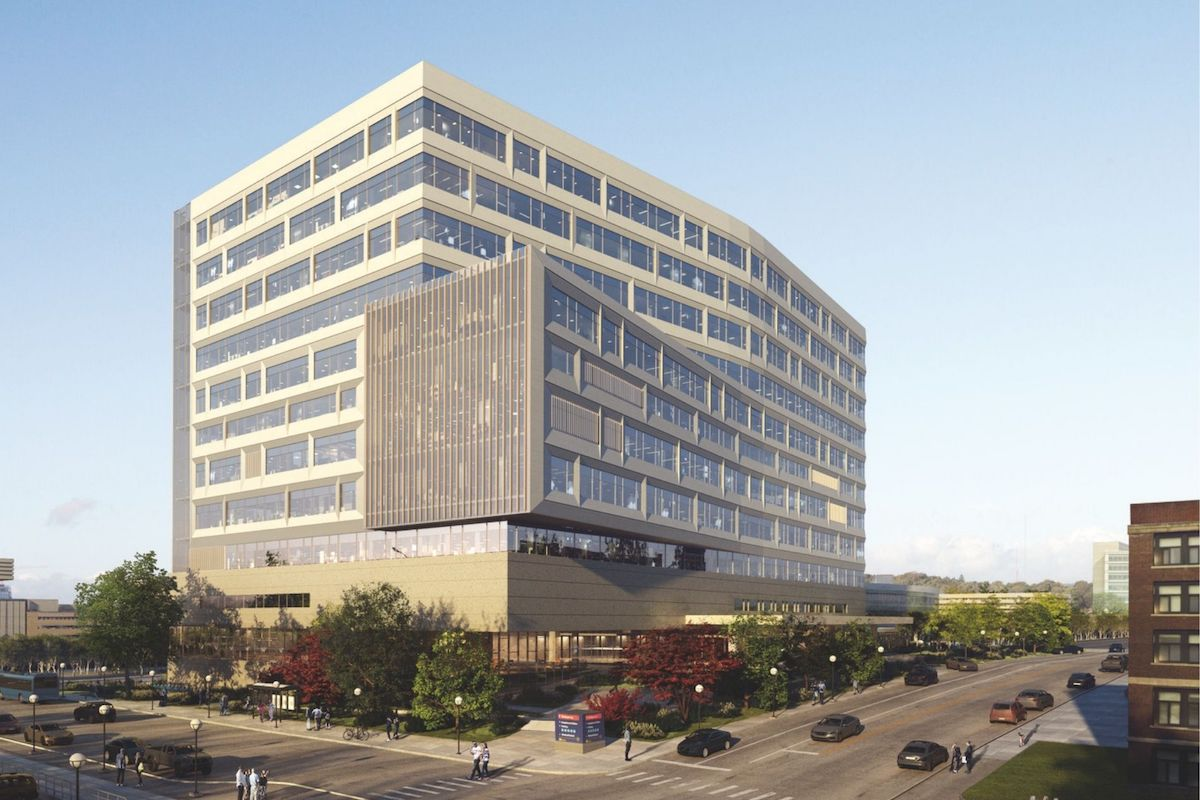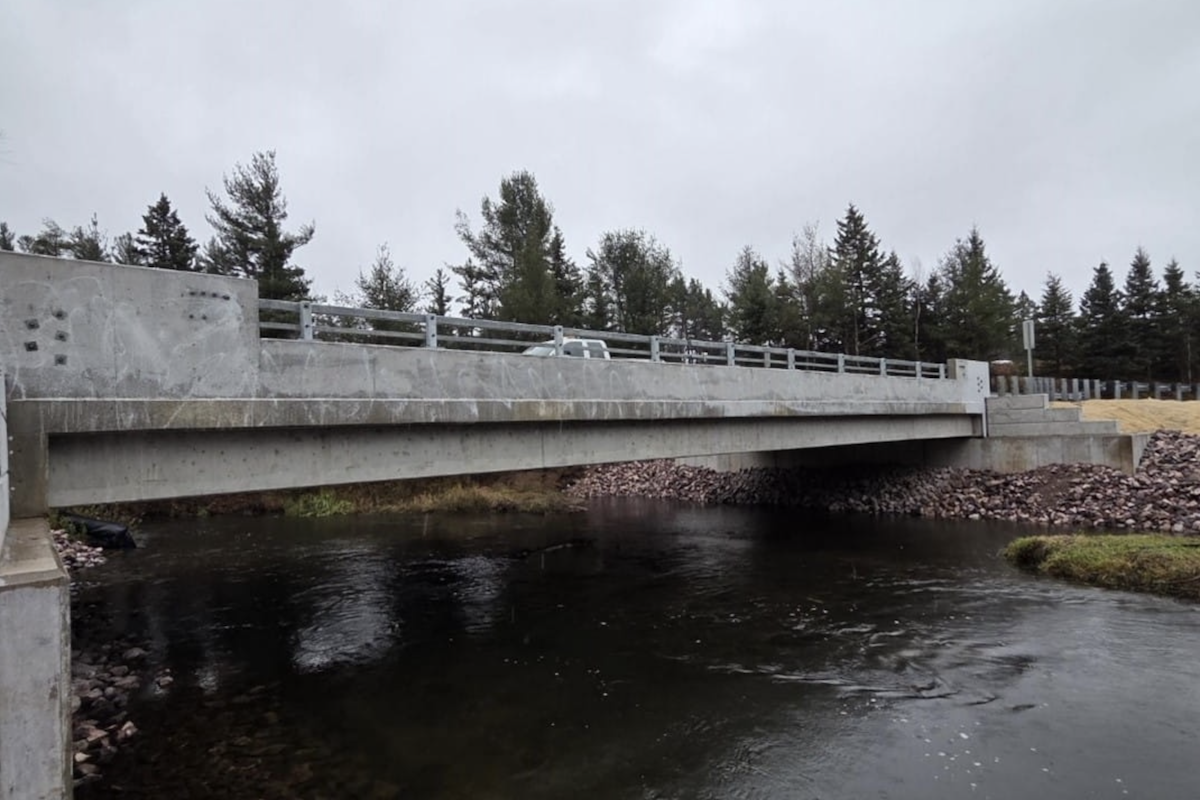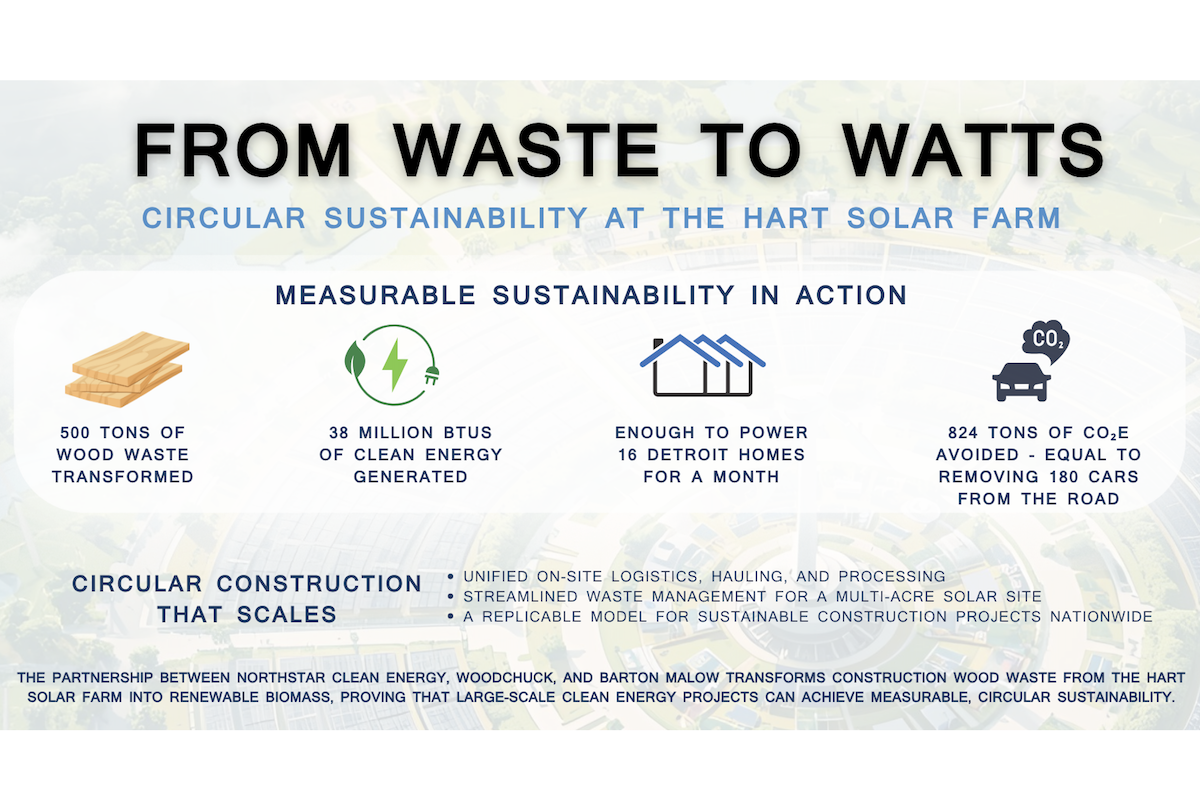The TRIP report, “Where Are We Going?: Michigan’s Current & Future Pavement and Bridge Conditions, Safety, and Congestion and Reliability Levels and the Impact on Michigan Households, Based on Investment Levels over the Next Decade,” evaluates the current condition and performance of Michigan’s roads, highways, and bridges. Based on three possible investment scenarios, TRIP projects the conditions and performance of the state’s transportation system over the next decade, the future impact and financial burden on Michigan households, and the impact on the state’s economic competitiveness and quality of life.
Based largely on data provided by the Michigan Department of Transportation (MDOT), TRIP has analyzed data on the current and projected future condition and performance of Michigan’s roads, highways, and bridges over the next decade based on three possible funding scenarios. The data provided by MDOT incorporates the impact of additional funds as a result of the passage of the five-year federal Infrastructure Investment and Jobs Act (IIJA), signed into law in November 2021, which will provide Michigan with $9 billion in road, highway, and bridge funding from 2022 to 2026, resulting in a 33 percent increase in federal funding in 2022. These funding scenarios range from current levels of funding to a level of funding adequate to make substantial improvements in roadway conditions, bridge conditions, highway safety, and traffic congestion levels. Below are the three scenarios for funding from 2021 to 2031 that TRIP uses in this report:
- Scenario A assumes anticipated expenditures based on current funding formulas, regardless of whether they are adequate to maintain or improve conditions and performance into the future.
- Scenario B assumes that adequate funding is made available to maintain current conditions and performance into the future.
- Scenario C assumes a level of funding is made available that would provide a significant improvement in near-term conditions and performance and a significant improvement in future conditions and performance.
The level of transportation funding available over the next decade will have a significant bearing on quality of life in Michigan and the economic burden to Michigan households in the form of traffic crashes, delays caused by traffic congestion, and unreliability on the state’s transportation network, extra vehicle operating costs (VOC) due to driving on roads in poor condition, and in the cost to repair the state’s structurally deficient bridges. Currently, inadequate roads, highways, and bridges in Michigan cost the average state household $4,845 annually — a total of $19.3 billion statewide. Under Scenario A, the average annual cost to Michigan households of an inadequate transportation system would increase to $6,273 ($25 billion statewide). Under Scenario B, the cost would fall to $4,694 ($18.7 billion statewide), while the cost to the average household under Scenario C would decline to $2,479 ($10 billion statewide).
“This report shows what people all over Michigan already know — transportation and infrastructure funding is critical for our future,” said Lansing Mayor Andy Schor. “Local governments across Michigan desperately need funding from our state and federal government to invest in our crumbling roads, streets, bridges, and aging underground infrastructure. The City of Lansing and our residents are feeling the effect of decades of underfunding when they drive down our streets and when they have to pay for costly auto repairs.”

| Your local Trimble Construction Division dealer |
|---|
| SITECH Michigan |
Michigan’s major roads and highways have substantial deficiencies, which will worsen significantly by 2031 under current funding formulas. With adequate funding, Michigan’s roads could be improved significantly by 2031, including the reconstruction of critical portions of the state’s major roadways. The Michigan Pavement Conditions chart details the share of roads in poor, fair, or good condition currently and under each of the three funding scenarios.
“Modern, reliable infrastructure is a fundamental building block of a strong economy and Michigan’s competitiveness,” said Wendy Block, Vice President of Business Advocacy and Member Engagement for the Michigan Chamber of Commerce. “It enables commerce and trade, moves business forward, connects employers, workers, and consumers together, and creates countless opportunities for our communities and families. While Michigan has made notable, important strides, it’s imperative that we continue to look for bipartisan, long-term solutions to ensure we are making forward progress."
Michigan’s bridges currently have significant deficiencies, with more than one-in-ten of the state’s bridges rated structurally deficient. Over the next decade, bridge conditions will worsen considerably under current funding formulas. Currently, 11 percent (1,252 of 11,195) of Michigan’s bridges are rated structurally deficient. Under Scenario A, 18 percent of the state’s bridges will be rated structurally deficient by 2031. Scenario B will allow the state to remain at 11 percent of bridges rated structurally deficient by 2031, while under Scenario C, the number of structurally deficient bridges in the state will fall to less than one percent (48 bridges) by 2031.
Traffic crashes on Michigan roadways result in a significant number of fatalities and economic loss in Michigan. The extent of needed roadway safety improvements made in the state over the next decade will have a significant impact on the number of people killed in crashes on Michigan’s roadways. In 2020, 1,083 people were killed in crashes on Michigan’s roads and highways. Under Scenario A the number of annual traffic fatalities in Michigan in 2031 is anticipated to increase to 1,112. The same number of annual traffic fatalities is projected in 2031 under Scenario B, while under Scenario C, the number of annual traffic fatalities in 2031 is projected to decrease to 750.
Over the next decade, Michigan’s level of investment in projects and programs to relieve traffic congestion and improve travel reliability will determine whether congestion levels and reliability improve or worsen. Based on current levels of funding in Michigan, statewide annual traffic congestion costs are $5.5 billion, or $1,382 per household. Under Scenario A, annual congestion costs are projected to total approximately $6 billion in 2031 — $1,520 per household. Under Scenario B, the annual cost of congestion is anticipated to be $5.5 billion, or $1,382 per household in 2031, while the cost is expected to be reduced to $4.4 billion or $1,106 per household by 2031 under Scenario C.

| Your local Deere & Co dealer |
|---|
| AIS Construction Equipment |
“The 2022 TRIP report lays out the best option for our quality of life in Michigan. Do we want to continue driving on roads that are in poor condition, saddling Michigan households annually with thousands of dollars in mounting bills? Or do we want to make the needed investments to make our roads the best we possibly can? The answer to that question is what Michigan’s leaders must come together to develop,” said Rob Coppersmith, Executive Vice President of Michigan Infrastructure and Transportation Association (MITA). “We need a long-term, sustainable plan that will address our infrastructure needs and get our roads in the best possible condition. High quality roads are key to Michigan’s economic success, and the nearly 100,000 workers in Michigan’s construction industry stand ready to make our roads as safe and reliable as possible.”
Transportation projects that improve the efficiency, condition, or safety of a highway or transit route provide significant economic benefits by reducing transportation delays and costs associated with a deficient transportation system. According to a report by the American Road & Transportation Builders Association, the design, construction, and maintenance of transportation infrastructure in Michigan supports approximately 94,000 full-time jobs across all sectors of the state economy. These workers earn $4.1 billion annually. Approximately 1.9 million full-time jobs in Michigan in key industries like tourism, retail sales, agriculture, and manufacturing are completely dependent on the state’s transportation network.
“The future level of investment in Michigan’s transportation network will determine the health of the state’s economy and the amount of money and time lost by the state’s motorists as a result of driving on a deficient system,” said Dave Kearby, TRIP’s Executive Director. “It is critically important that adequate investment is made to keep the state’s residents, businesses, and visitors moving efficiently and safely. Michigan’s economic health and the quality of life of its residents are literally riding on its transportation network.”


































































